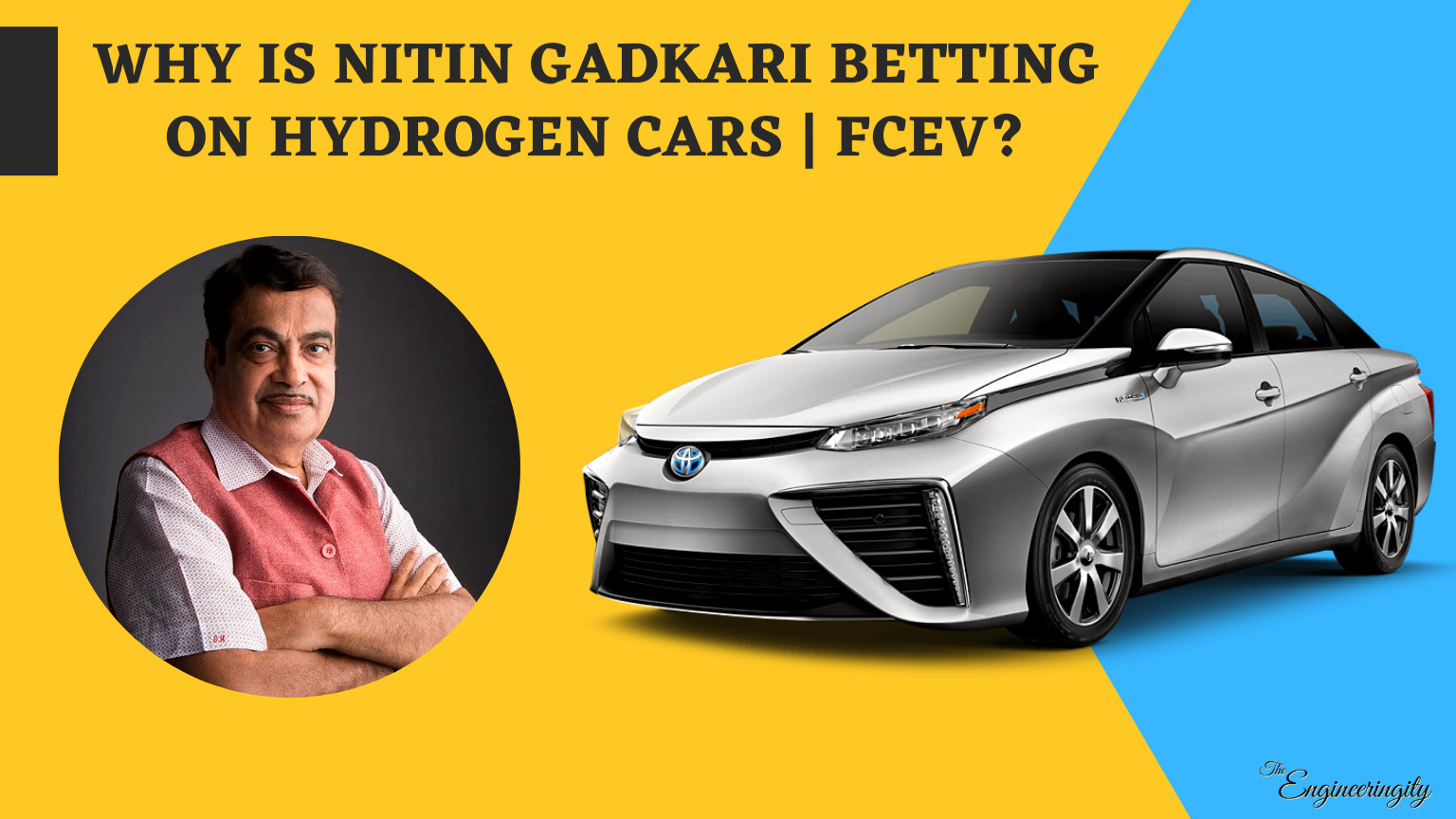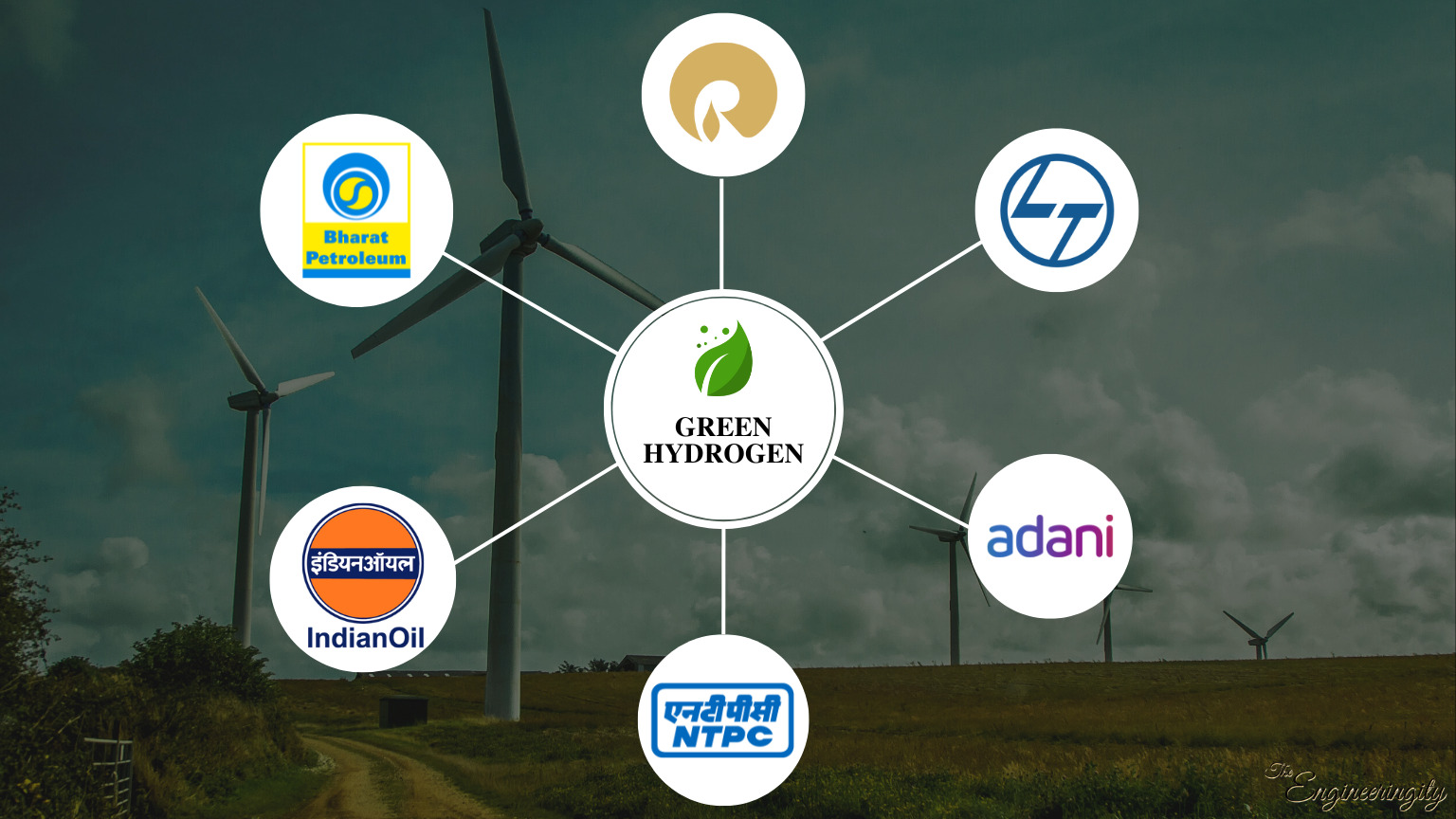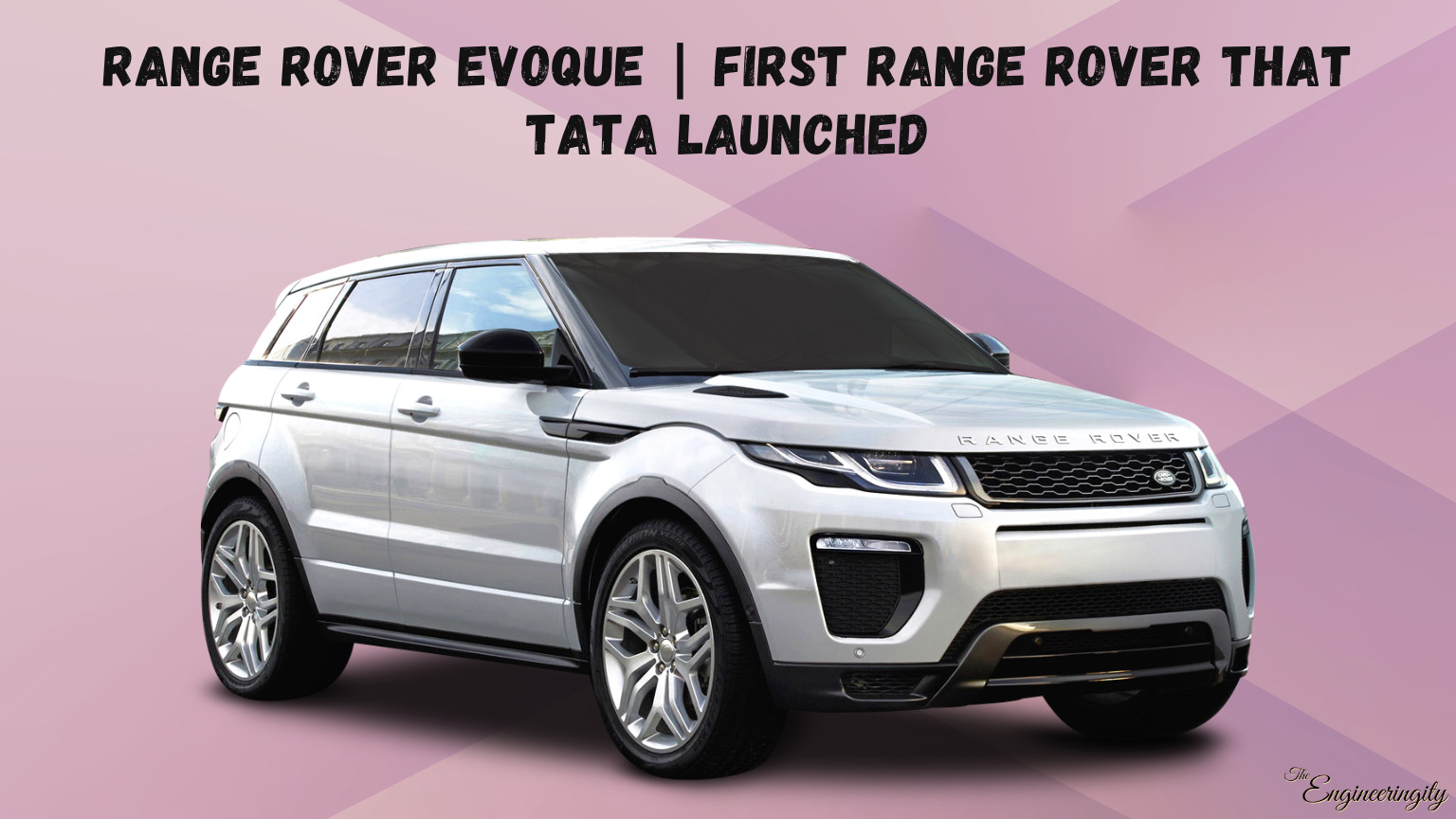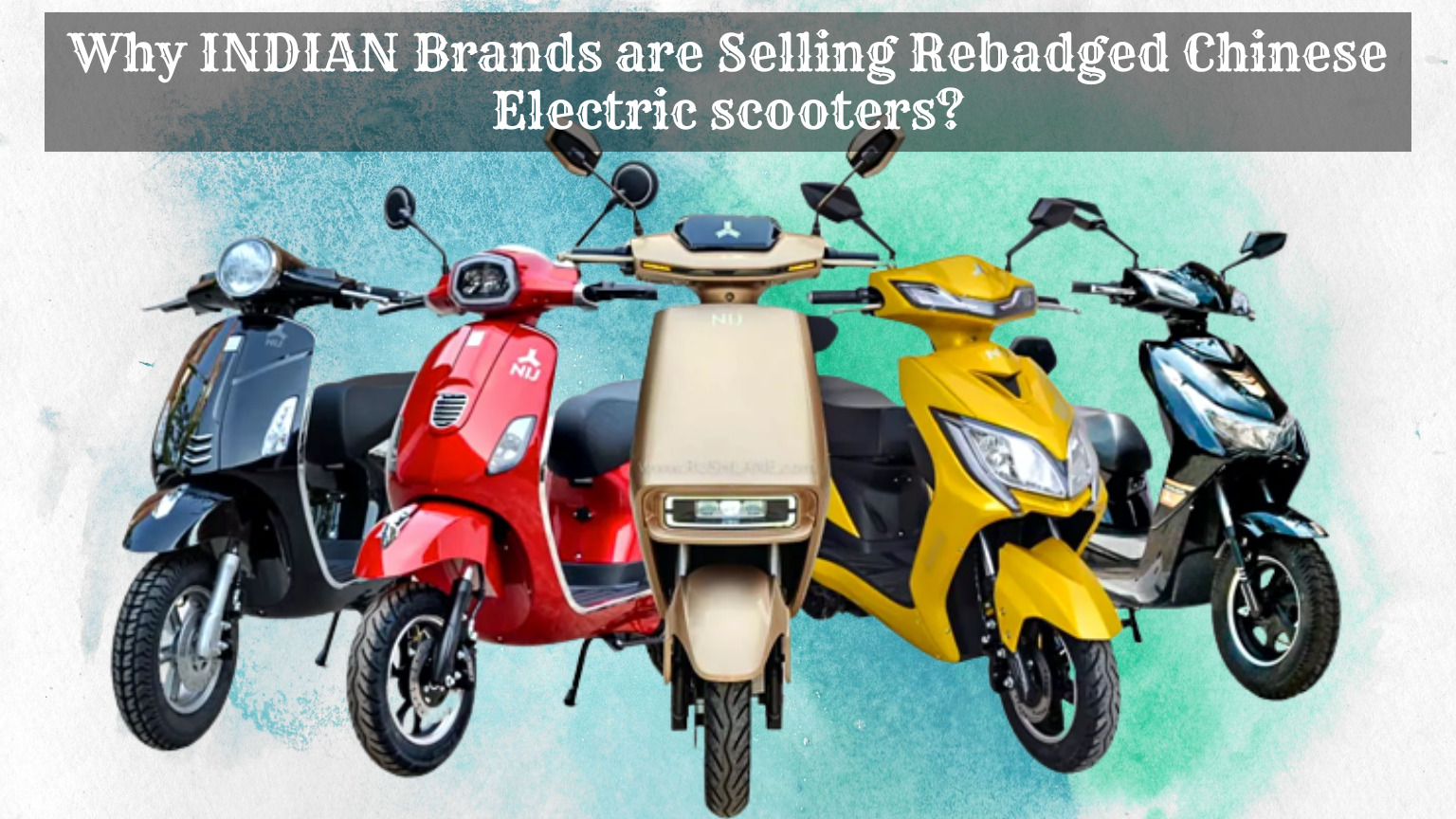Many of you must have watched Elon Musk in some videos or on Twitter making a mockery of the idea of Hydrogen gas or Hydrogen cars. Elon Musk manufactures cars that are powered by electricity and it is always claimed with regards to that electric cars are highly environmentally friendly. Ev's carbon footprint is almost negligible when compared to the carbon footprint of an IC Engine-based vehicle.
But this fact is only partially true because if we talk about the country from where Elon Musk got his start, then only 20% of the total electricity of the US is produced using Renewable Resources. Electric cars are bound with several other problems too. Even today, the charging time required by an EV is very high due to this, people have to face several problems, EV owners also suffer from range anxiety due to the extremely low energy density of lithium-ion batteries in comparison to fuels like Petrol and Diesel. Humans still have not manufactured any practical Electric Plane and due to these complications in the battery of an EV. Many people believe that Hydrogen is the fuel of the future.
Shri Nitin Gadkari About Hydrogen
Nitin Gadkari is the current Minister of Road Transport and Highways, and Micro, Small, and Medium Enterprises in the Government of India. He has expressed support for the use of hydrogen fuel cell technology in transportation, particularly in the form of hydrogen fuel cell vehicles.
In a recent speech, Gadkari emphasized the potential for hydrogen fuel cell technology to play a major role in the future of transportation in India, citing its clean energy production and the potential to reduce India's dependence on imported fossil fuels. He also noted the potential for the development of a domestic hydrogen fuel cell industry in India, which could create new job opportunities and stimulate economic growth.
Delighted to launch the world's most advanced technology - developed Green Hydrogen Fuel Cell Electric Vehicle (FCEV) Toyota Mirai along with Union Minister Shri @HardeepSPuri ji, Union Minister Shri @RajKSinghIndia ji,... pic.twitter.com/teu8pm1l57
— Nitin Gadkari (@nitin_gadkari) March 16, 2022
Gadkari has also expressed support for the development of a hydrogen fuel infrastructure in India, including the production, distribution, and storage of hydrogen fuel. This would be necessary to support the widespread adoption of hydrogen fuel cell vehicles in the country.
India is soon going to become the market leader of the whole world concerning the export of Green Hydrogen. Shri Nitin Gadkari is not the lone person with such ambitions for Green Hydrogen, but brands like Toyota, Honda, and Hyundai began their Research and Development R&D for Hydrogen fuel cell-based vehicles in the very early 2000s. Some cars are even available in their portfolio if we get specific to Toyota. Toyota already invested around a Billion Dollars in the Research and Development of Hydrogen Cars.
History of Hydrogen and Hydrogen Car
Toyota Mirai is the largest-selling Hydrogen fuel-based car in the whole world. Since 2014 till date, only 18,000 units of this car have been sold by Toyota. Which is a ridiculously small number. Therefore we would try to understand why successful and massive brands like Toyota are manufacturing Hydrogen-based cars that are numb to the people. Why does Elon Musk think that the people thinking about Hydrogen are stupid? and we should also try to understand. To what extent Elon Musk is wrong and Shri Nitin Gadkari right.
Hydrogen gas is an extremely flammable gas many of you might remember, how an aircraft like Hindenburg was destroyed due to this horrible gas. And many people lost their lives in this incident Hydrogen is the most abundant element in this whole universe. 70% of the mass of the whole universe is composed of only Hydrogen. But when we enter the earth here only 0.1% of the hydrogen is available in its pure form. Even after the negligible availability of pure Hydrogen.
But Hydrogen can be extracted by various methods other than this such as from water, you must be knowing the fact that water is made up of two atoms of Hydrogen and one atom of oxygen due to this Hydrogen can be extracted from water. There are several other methods too through which hydrogen can be extracted. But we will refer to those further. But before that, we should understand
Why Hydrogen Should be Used in Cars?
To understand that we should monitor Toyota because Toyota has invested a considerable amount of money to make this possible. During the early 90s, global automakers were looking for alternative energy resources that could be used as a source of energy for vehicles. Global Warming was not a hot topic back at that time and global automakers were aware of the fact that fossil fuel-based vehicles can not be extinct shortly.
But soon came the day and that's why global automakers were preparing in advance. At that time no one was looking at Lithium-ion batteries as those are seen today. No one thought of driving cars with Lithium-ion batteries. Because Lithium-ion batteries were highly ineffective during that time no development was done for the evolution of batteries that's why Toyota decided to invest in Hydrogen Fuel Cell Technology. A hydrogen Fuel Cell is used to generate electricity from hydrogen. The generated electricity is fed to the Electric Motors and the vehicles start moving.
Working of Fuel Cell in FCEV
Hydrogen fuel cell electric vehicles (FCEVs) use a fuel cell to convert hydrogen gas into electricity to power the vehicle. The fuel cell consists of two electrodes, a cathode, and an anode, separated by a membrane. Hydrogen gas is supplied to the anode, where it is separated into protons and electrons. The protons pass through the membrane and combine with oxygen at the cathode to form water, while the electrons flow through an external circuit to power the vehicle.
If I try to explain to you the basic functionality of a hydrogen fuel cell in a lucid manner. Then, a hydrogen fuel cell is composed of an anode, cathode, electrolyte membrane, and a suitable catalyst. Highly pressurized Hydrogen gas is filled in the anode and oxygen gas is filled in the cathode, filled hydrogen anode which cannot cross the electrolyte membrane. Because electrolytes facilitate the passage of positive ions only.
Hydrogen is a neutral atom consisting of 1 electron and 1 proton. To further initiate the energy production process a suitable catalyst is used. A catalyst separates the electron and proton of the Hydrogen gas And these protons flow to the cathode through the electrolyte. Electrons stay in the anode due to their negative charge. That's why the anode is connected to the cathode through a conductive wire this wire enables the passage of electrons.
This flow of electrons through the wire is termed the electric current which drives the motor of the vehicle. The by-product obtained after this process is H2O which is water. This means Hydrogen fuel cell Vehicles do not generate any carbon emissions. This process looks simpler if seen like this, due to this reason the World's first Hydrogen Fuel Cell Vehicle, FCEV was introduced in the year 1966. But this vehicle could not be used as any practical Vehicle.
Why is it tough to launch FCEV in the market?
Because it is a lot tougher than expected to drive any vehicle through hydrogen practically and therefore it took more than 20 years for a brand like Toyota to introduce its first Hydrogen Fuel Cell Vehicle. Toyota's first Hydrogen Fuel Cell Vehicle, Toyota Mirai was launched in the year 2014. Toyota Mirai was looked at as the most technologically advanced car when it was launched, an electric car has very few components when compared to an IC Engine car. Due to this EVs are considered less complicated. But if we look at Mirai, which is an FCEV. The hydrogen Fuel Cell Vehicle is more complex than any other type of vehicle. But Toyota developed this FCEV beautifully.
Some advantages were clearly visible in Toyota's Mirai, which are absent in the Electric Vehicles:
The first one is no range anxiety Hydrogen can be filled in the tanks of any vehicle in a jiffy like any IC Engine-based vehicle which is not possible in EVs.
Toyota Mirai can be used to travel up to 600 KM upon getting its tank full in one go and to further increase the travel range of the Hydrogen Fuel Cell Vehicle.
There is no need to increase the battery cells as done in Electric Vehicles. Due to this, Hydrogen Fuel Cell vehicles stay light in weight.
Due to all these advantages present in Hydrogen Fuel Cell Vehicles, Toyota Mirai was a big flop at the time. From the time Mirai was launched, Toyota has only sold 18000 units of this car.
If we compare the sales of Mirai with any EV model of Tesla. Then the monthly sale of any Tesla car is more than the whole career sale of the Toyota Mirai. A question must arise in your mind if HFCV Technology is so advantageous.
Then why Hydrogen cars are failing?
The answer lies within the practical issues present in the Hydrogen Fuel Cell Vehicle. There are around 35,000 EV charging stations in the United Kingdom and only 15 Hydrogen Fuel cell pumps or fuelling stations are present in the whole United Kingdom the hydrogen gas available today is highly expensive.
For instance, the cost of green hydrogen in the US Ranges between INR 400-600 per Kg, and thus the average cost of running a Hydrogen Fuel Cell Vehicle is 10 times more than an EV and even more than the average cost of running a Petrol based vehicle. This Hydrogen is so expensive because this is green hydrogen as told you earlier. The pure form of Hydrogen is almost negligible in our environment thus we need to extract the hydrogen through several methods.
There are many processes and sources involved in the extraction of hydrogen. All the different extraction processes of hydrogen are denoted by different colors and when all the different colors are combined together. The resultant is termed a Hydrogen Rainbow.
If we try to understand this Hydrogen Rainbow:
Black Hydrogen is generated after the burning of coal or other fossil fuels. This generates huge carbon emissions.
Grey Hydrogen is extracted from Methane gas through Steam Methane Reforming and this process also generates a lot of carbon emissions.
Blue Hydrogen is also extracted from Methane Gas. But here 50% of the carbon emissions are trapped. The final form of Hydrogen in the Hydrogen Rainbow is Green Hydrogen.
The Green Hydrogen extraction process doesn't produce any harmful carbon emissions. Green Hydrogen is the hydrogen extracted from water through the process of electrolysis. Electric current is passed in water in this process due to which, the atoms of Hydrogen And Oxygen separate from each other. And then this hydrogen can be used in Hydrogen Fuel Cell Vehicles. And several other applications too. It seems very fascinating after listening. But a very big problem is also associated with this Green Hydrogen.
Why Green Hydrogen is more expensive than Fossil Fuels?
The hydrogen produced after the process of electrolysis utilizes electricity which must be generated from renewable resources like Solar Energy, Wind Energy, etc. If we use the electricity produced by coal. Then hydrogen can never become Green in this way, there could be no difference between Grey Hydrogen and Green Hydrogen. Also, Grey Hydrogen is five times cheaper than Green Hydrogen. The biggest problem with Green Hydrogen is that a very small portion of the total electricity of the whole world is generated through renewable resources.
If we assume that all the electricity produced in the future will be generated from renewable resources, vehicles running on Green Hydrogen have a major issue. Due to this, Battery Electric Vehicles are superior to any FCEV and the issue of Hydrogen Cars is highly inefficient.
If we use the Hydrogen produced from Renewable Resources in our vehicles then the efficiency of such Vehicles is only around 33%. If we observe the efficiency of any Battery Electric Vehicle then it is 77%. Which is even more than any ICE Engine-based vehicle.
The reason behind the low efficiency of FCEV is the usage of electricity for the production of Hydrogen itself. Then the generated hydrogen is transported in several ways And when this hydrogen gas is filled in the tanks of the vehicles. This hydrogen is again converted into electricity which consumes furthermore energy. This electricity drives the motors of any vehicle and some energy is also lost as heat in the motors, On the other hand, Electricity is directly fed into the Battery Electric Vehicles and drives the motors. Due to this reason, Hydrogen has no respect in front of Elon Musk. But it is not at all like if Hydrogen gas is not beneficial for running vehicles then it is totally a waste element.
Benefits of Hydrogen Fuel Cells in Commercial Vehicles!
Hydrogen Fuel Cell Technology is extremely beneficial in Buses, Trucks, and Ships. Hydrogen gas can be used to travel extremely long distances without wasting any time in charging your vehicle if we look at Trucks only. Since the battery pack of any truck must be huge in comparison to any car. Then the required charging time for that battery pack would also be huge. Lithium-ion batteries also make any vehicle bulkier whereas hydrogen gas can also solve this problem.
Is Hydrogen-powered Aircraft possible?
Hydrogen is going to be very useful in aircraft in the future. There is no surety after Electric Planes shortly. But Airbus has announced that they will introduce Hydrogen Planes by the year 2035. Hydrogen is chosen over batteries in planes due to its high energy density. These were some of the facts, Elon Musk considers hydrogen a stupid gas. But on the other side, Shri Nitin Gadkari wants to make India a global leader in the production of Green Hydrogen.
Big players like the Adani Group, Reliance, and L&T have started marching toward Green Hydrogen. Shri Nitin Gadkari wants hydrogen production through biowaste and sewage water apart from electrolysis. Here a chemical reaction would be used for the production of hydrogen gas.
Overall, it seems that Nitin Gadkari views hydrogen fuel cell technology as a promising alternative to traditional fossil fuels for transportation, and is actively working to promote its development and adoption in India.
What are your thoughts about hydrogen, mentioned below in the comment section on the production of electricity through hydrogen?














